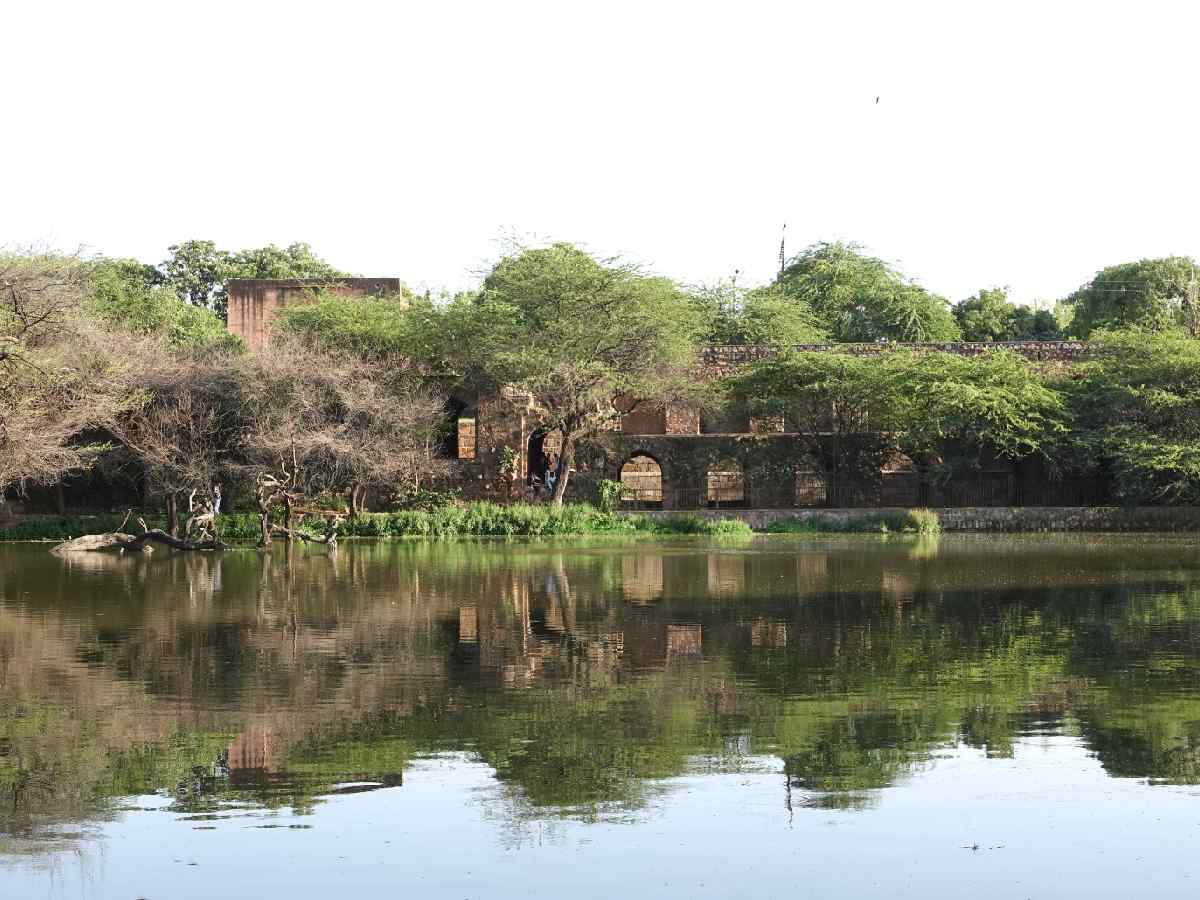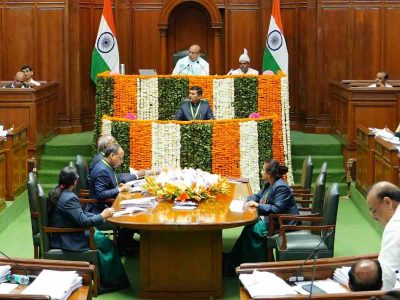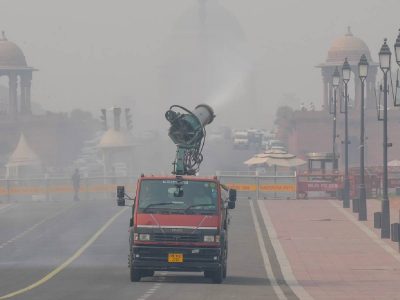Satpula Lake: As the morning sun rises over South Delhi, the waters of Satpula Lake shimmer gently under the gaze of an ancient dam wall. Birds wheel overhead, reeds sway by the banks, and the distant sound of schoolchildren mingles with the murmur of history. Just a few years ago, this space lay dry, forgotten, and sealed off from the city’s imagination. Today, it stands as a beacon of revival—both ecological and cultural.
Once a vital part of Delhi’s medieval water system, Satpula Lake had long been choked by urban sprawl and neglect. Roads and construction had severed its link to rain-fed sources like the Jahanpanah forest. Its waters dried up. Its legacy faded. But a pioneering initiative led by Rotary International District 3011, in partnership with the Delhi Development Authority (DDA) and INTACH, has brought the lake back to life.
“This was a dream that required collaboration, science, and most of all—belief,” said Ashok Kantoor, who was Governor of the Rotary District 3011 in 2022–23, and NK Lamba, Rotary District Chair for Water. “Satpula Lake deserved a second chance, and Rotary was determined to make it happen.”
Also read: Despite machines, manual scavenging, only 70% of desilting finished in Delhi
A lake restored, a community inspired
At the core of the restoration lies a nature-based wastewater treatment system called Aranyadwip, designed to sustainably reintroduce water into the lake. Using CAMUS-SBT technology, the 200 KLD system treats drain water through a multi-stage process involving filtration, bioremediation, constructed wetlands, and natural aeration. The result is clear, oxygen-rich water that now fills the 5,000 to 8,000 square metre lakebed throughout the year.
Under the guidance of Rotary District 3011 and the Rotary Club of Delhi South Central, and with technical expertise from INTACH, the project became a textbook case of how civil society, government, and heritage experts can collaborate effectively. An NOC from the DDA cleared the way for implementation, and funding from the CSR Foundation of Liberty Shoes provided critical support.
The transformation is visible. Aquatic plants now flourish along the edges, birds have returned, and the air around the lake carries a refreshing crispness.
“This is proof that low-cost, low-energy solutions can transform urban decay into ecological gold,” said Lamba, who has led Rotary’s water body revival efforts. “Satpula Lake is just the beginning.”
Blending ancient glory with modern science
The name Satpula, meaning “seven bridges,” refers to the dam’s original 14th-century structure, built during the reign of Sultan Muhammad bin Tughlaq. It served as both a reservoir and a defensive fortification guarding one of medieval Delhi’s southern entries.
Today, history and hydrology blend anew. The Aranyadwip system channels treated water into the lake while preserving the character of the heritage site. Where the ground once lay cracked and barren, a vibrant ecosystem has taken root.
“What was once barren land has been reshaped into a serene, vibrant ecosystem where birds chirp, aquatic plants thrive, and heritage whispers through rippling waters,” said the project leaders.
A new space for memory and movement
Morning walkers, photographers, school groups, and heritage lovers now frequent Satpula. What was once an ignored plot of land has transformed into a dynamic public space—offering both beauty and purpose.
Residents report a cooler microclimate in the area. Some recall stories from older relatives about the lake’s past. Others simply marvel at the visible change.
“The treated lake also contributes to groundwater recharge and provides flood moderation benefits—a much-needed urban climate solution,” note members of the Rotary team.
Beyond its ecological value, Satpula has emerged as a quiet cultural landmark—a place of reflection, learning, and community.
“The restoration of Satpula is as much about cultural revival as it is about water,” said Dinesh Jain and Arun Kataruka from the Rotary Club of Delhi South Central. “We are reconnecting with our roots while providing a practical, scalable model for other cities to emulate.”
Keeping the momentum flowing
The revival effort has been designed with long-term sustainability in mind. Water quality is regularly tested through NABL-certified laboratories, and daily upkeep is supported by community participation. This shared responsibility ensures that the restoration is not a one-time achievement, but an ongoing commitment.
“Most importantly, this success has rekindled a sense of pride and ownership among locals—many of whom didn’t know the historical gem that lay buried in their own backyard,” said Manu Bhatnagar, Director of INTACH.
Also Read: Employment without proof: How manual scavengers are exploited in Delhi
A blueprint for Delhi—and beyond
In a city grappling with extreme heat, erratic rainfall, and depleting water tables, the revival of Satpula Lake is more than just a local success—it is a model for climate-resilient urban development. It demonstrates what becomes possible when communities unite to safeguard both heritage and the environment.
“The Satpula revival stands as a symbol of what is possible when civil society, government agencies, and heritage experts join hands,” said the team. “It exemplifies Rotary’s commitment to ‘Service Above Self’—not just as a motto, but as action with measurable, visible results.”
As Delhi continues to face rising temperatures and disappearing water bodies, the story of Satpula Lake may serve as both a reminder and a roadmap for what can still be achieved.





